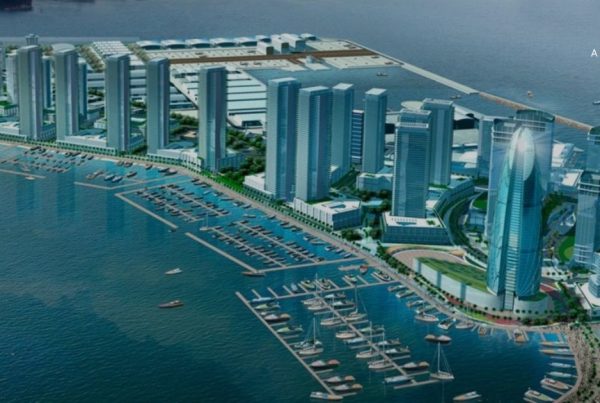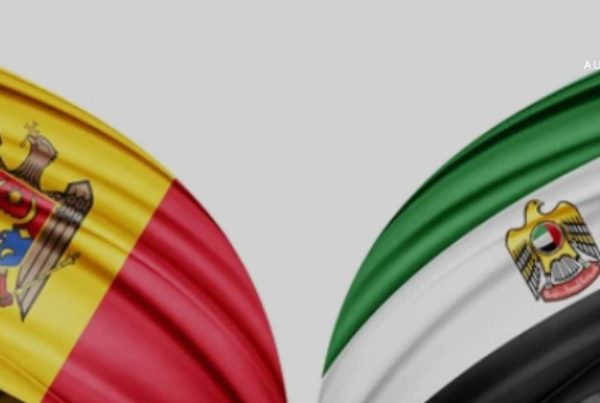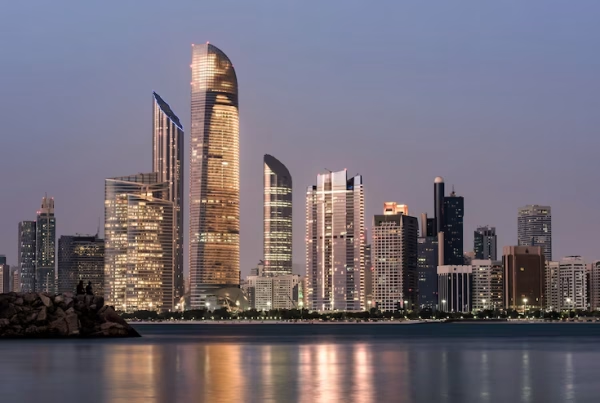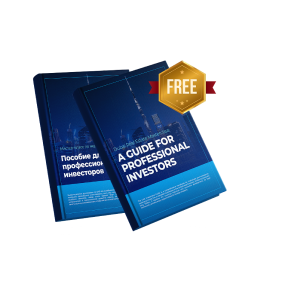Dubai Real Estate Crosses AED 431 Billion in H1 2025 — Growth, Speculation, and What Lies Ahead
Dubai real estate market continues to make headlines with record-breaking performance. In the first half of 2025, total transaction value reached AED 431 billion, a 25% jump compared to the same period in 2024. More than 125,000 deals were recorded, highlighting the city’s growing appeal to both local and international investors. Yet, beneath these impressive numbers lies a complex story of affordability challenges, investor behavior, and long-term sustainability.
Record Demand: A Double-Edged Sword
Between January and June 2025, the Dubai Land Department (DLD) processed over 1.3 million property transactions, including sales, leases, and mortgage registrations. Approximately 95,000 investors participated, with nearly 59,000 entering the market for the first time. This surge underscores Dubai’s unmatched global appeal but also raises a critical question — is the demand driven by genuine end-user confidence or speculative investment?
First-time investors accounted for about 62% of total activity, a figure that suggests some degree of “FOMO” (fear of missing out) behavior. Such trends, while beneficial in the short term, could pose risks if external factors such as inflation, rising interest rates, or geopolitical shifts dampen investor sentiment. Sustainable growth depends not only on transaction volume but also on the quality and longevity of those investments.
Women and International Buyers Reshaping the Market
One of the most notable shifts in H1 2025 is the growing participation of women in property ownership. Over 30,000 female investors completed nearly 35,000 transactions, contributing more than AED 73.2 billion in value. This reflects both economic empowerment and evolving social dynamics in the UAE, where women are increasingly active in wealth creation and investment diversification.
At the same time, international capital continues to play a dominant role. Foreign investors accounted for AED 228.35 billion — exceeding the combined total from GCC (AED 22.56 billion) and Arab investors (AED 28.4 billion). While global interest strengthens Dubai’s financial ecosystem, it also creates exposure to external volatility. Overreliance on non-resident investors means global market shocks or currency fluctuations could quickly impact domestic transaction volumes.
Where the Money Is Flowing
Despite Dubai’s vast geographical expansion, most high-value transactions remain concentrated in a few prime districts. Leading communities include:
- Al Barsha South Fourth – 10,469 transactions
- Al Yalayis 1 – 7,595 transactions
- Wadi Al Safa 5 – 7,178 transactions
By transaction value, the city’s luxury hubs continue to dominate:
- Dubai Marina: AED 25.1 billion
- Business Bay: AED 22.5 billion
- Burj Khalifa / Downtown Dubai: AED 17.1 billion
- Palm Jumeirah: AED 16.96 billion
These figures highlight a concentration of wealth in premium areas, reinforcing Dubai’s image as a global luxury capital. However, this also limits accessibility for middle-income residents and inflates property values in select zones, leading to what some analysts call “ghost inventory” — luxury units that remain unoccupied post-completion.
The Growing Disconnect: Market Strength vs. Resident Reality
While the government’s Dubai Economic Agenda (D33) and Real Estate Strategy 2033 aim to maintain long-term growth, a divergence between investment-driven development and resident affordability is becoming more apparent. Rental prices have surged, particularly in mid-tier communities, forcing many tenants to relocate or downsize. Simultaneously, several premium projects remain partially vacant, highlighting an imbalance between luxury supply and everyday demand.
Property managers and landlords are already witnessing increased tenant turnover as affordability tightens. Developers, in pursuit of record returns, often overlook the middle segment — residents seeking livable, community-based housing rather than speculative assets. This imbalance, if unaddressed, could impact the long-term attractiveness of Dubai as both a home and an investment hub.
Key Market Risks to Watch
As Dubai continues to post impressive numbers, stakeholders must also monitor emerging risks that could reshape the market in the coming years:
- Affordability: Rapid price growth risks excluding residents and first-time buyers from ownership opportunities.
- Investor Concentration: Heavy reliance on foreign capital increases exposure to global market volatility.
- Speculative Buying: A high proportion of first-time investors could indicate short-term, sentiment-driven activity.
- Uneven Development: Excessive focus on luxury districts may leave affordable housing underserved.
To maintain stability, urban planners and developers must focus on balanced growth — ensuring that new supply meets the needs of both investors and residents. A diversified portfolio of mid-market projects, better rental regulation, and community-focused masterplans will be essential to sustain Dubai’s momentum without overheating the market.
Final Takeaway: Balancing Ambition and Accessibility
The AED 431 billion milestone achieved in H1 2025 underscores Dubai’s position as one of the world’s leading real estate markets. However, true success will depend on how effectively the city can balance ambition with inclusivity. Growth must be guided not only by the number of units sold but also by how these properties contribute to livability, affordability, and long-term community development.
Dubai’s global appeal, investor confidence, and visionary leadership are undeniable. Yet, sustaining this momentum will require a recalibration of priorities — from speculative expansion to sustainable value creation. The future of Dubai real estate lies not just in the skyline but in the communities built beneath it.
For more insights and market analyses, visit Aurantius Real Estate.











